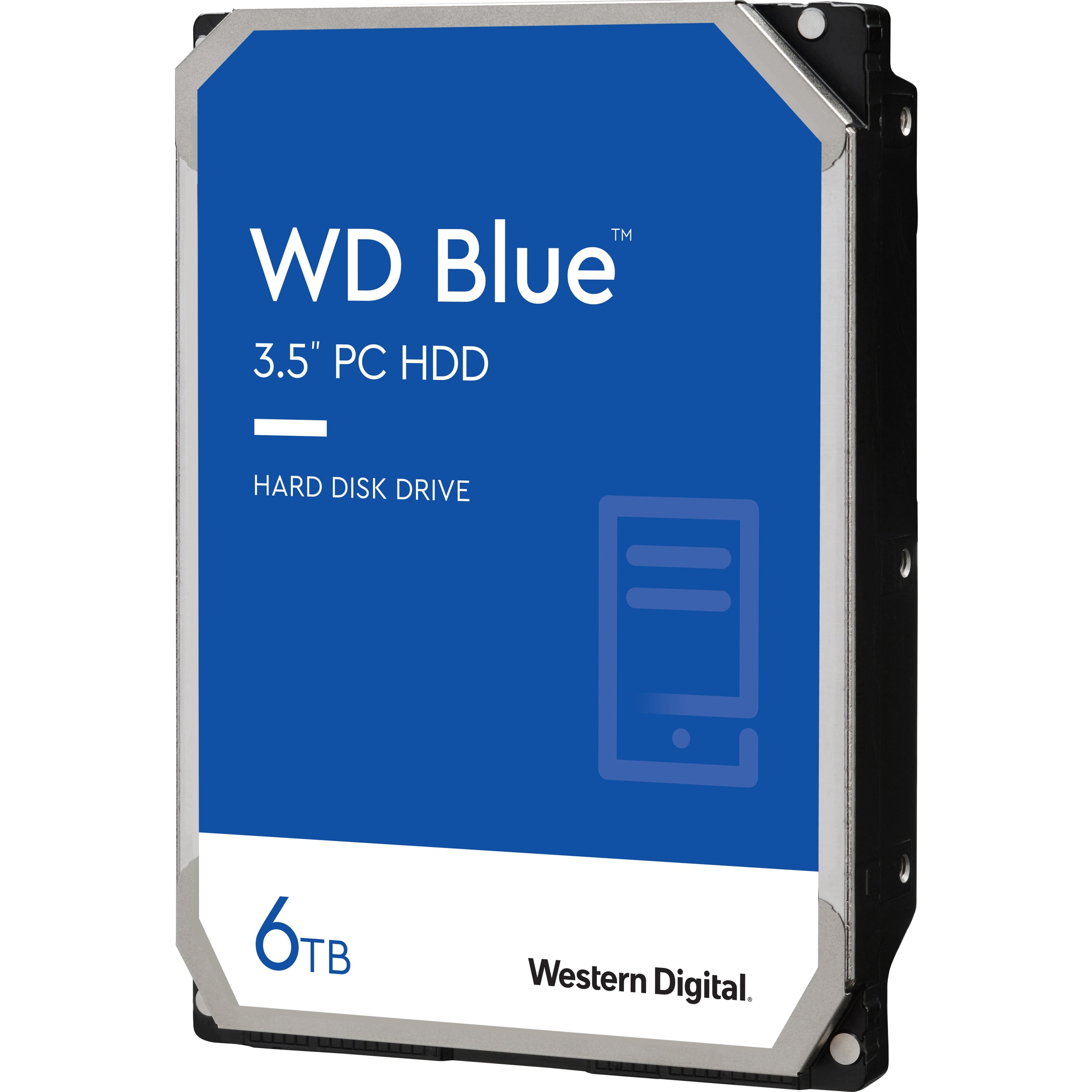
Where a worm gear is used, a second shorter-throw linear motor, in the form of a coil and magnet, makes fine position adjustments to track eccentricities in the disk at high speed. The sled can be driven by a worm gear or linear motor. This mechanism typically takes the form of a sled that moves along a rail. To accommodate the spiral pattern of data, the laser is placed on a mobile mechanism within the disc tray of any CD player. By measuring the reflected intensity change with a photodiode, a modulated signal is read back from the disc. This causes partial cancellation of the laser's reflection from the surface. As the laser passes over a pit (bump), its height means that the part of the light reflected from its peak is 1/2 wavelength out of phase with the light reflected from the land around it. The laser hits the disc, casting a circle of light wider than the modulated spiral track reflecting partially from the lands and partially from the top of any bumps where they are present. Because the pits are indented into the top layer of the disc and are read through the transparent polycarbonate base, the pits form bumps when read. The change in height between pits and lands results in a difference in the way the light is reflected. The pits in a CD are 500 nm wide, between 830 nm and 3,000 nm long and 150 nm deep.Ī CD is read by focusing a 780 nm wavelength ( near infrared) semiconductor laser through the bottom of the polycarbonate layer. By 2007, 200 billion CDs had been sold worldwide. In 2004, worldwide sales of audio CDs, CD-ROMs, and CD-Rs reached about 30 billion discs. By 2010, hard drives commonly offered as much storage space as a thousand CDs, while their prices had plummeted to commodity level. The Mini CD has various diameters ranging from 60 to 80 millimetres (2.4 to 3.1 in) they are sometimes used for CD singles, storing up to 24 minutes of audio, or delivering device drivers.Īt the time of the technology's introduction in 1982, a CD could store much more data than a personal computer hard disk drive, which would typically hold 10 MB. Capacity is routinely extended to 80 minutes and 700 MB by arranging more data closely on the same sized disc. Standard CDs have a diameter of 120 millimetres (4.7 in) and are designed to hold up to 74 minutes of uncompressed stereo digital audio or about 650 MB of data. Several other formats were further derived from these, including write-once audio and data storage ( CD-R), rewritable media ( CD-RW), Video CD (VCD), Super Video CD (SVCD), Photo CD, Picture CD, Compact Disc-Interactive ( CD-i) and Enhanced Music CD. The format was later adapted for storage of data ( CD-ROM). It was then released in October 1982 and branded as Digital Audio Compact Disc. In August 1982, the first compact disc was manufactured. The compact disc ( CD) is a digital optical disc data storage format that was co-developed by Philips and Sony to store and play digital audio recordings. High-Definition Versatile Multilayer Disc (HD VMD).HD DVD: HD DVD-R, HD DVD-RW, HD DVD-RAM.Blu-ray Disc ( BD): BD-R & BD-RE, Blu-ray 3D, Mini Blu-ray Disc.DVD: DVD-R, DVD+R, DVD-R DL, DVD+R DL, DVD-R DS, DVD+R DS, DVD-RW, DVD+RW, DVD-RAM, DVD-D, DVD-A, HVD, EcoDisc, MiniDVD.

Compact disc ( CD): CD-DA, CD-ROM, CD-R, CD-RW, 5.1 Music Disc, Super Audio CD ( SACD), Photo CD, CD Video ( CDV), Video CD ( VCD), Super Video CD ( SVCD), CD+G, CD-Text, CD-ROM XA, CD-i, MIL-CD, Mini CD.


 0 kommentar(er)
0 kommentar(er)
